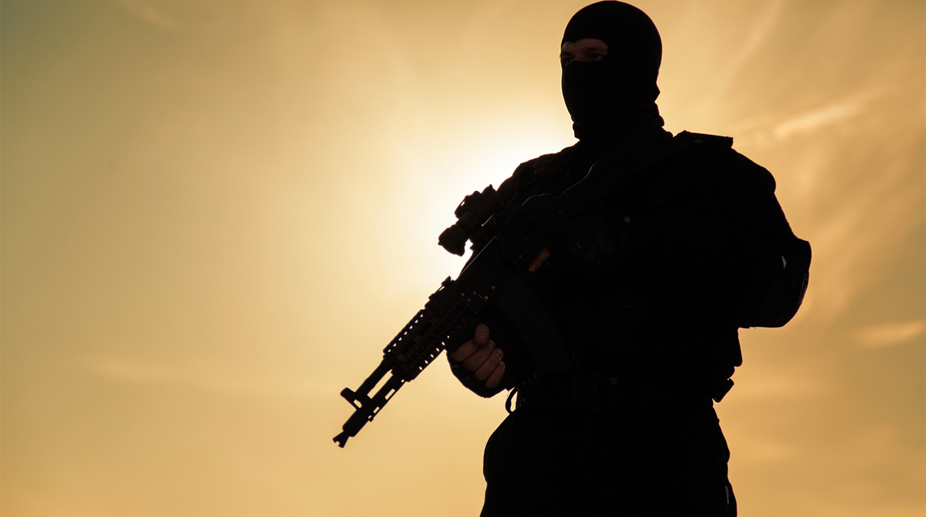India has witnessed the third highest number of terrorist attacks in 2016, more than Pakistan that has slipped to the fourth position, according to the latest data compiled by the US State Department.
Iraq with 2,965 terrorist attacks and Afghanistan with 1,340 terrorist attacks, were ranked first and second position respectively, followed by India that recorded 927 attacks and Pakistan at 734 attacks, the department said in its Country Report on Terrorism.
Advertisement
The department said more than half of the terrorist attacks in India in 2016 took place in four states: Jammu and Kashmir at 19 per cent, Chhattisgarh at 18 per cent, Manipur at 12 per cent, and Jharkhand at 10 per cent.
This geographic pattern is relatively stable compared to 2015, with the exception of Jammu and Kashmir, which experienced an increase of 93 per cent in attacks in 2016, it said.
In its annual report, the department said the number of terrorist attacks has increased by 16 per cent and the total number of deaths has increased by 17 per cent in India in 2016.
Although India ranked third among countries that experienced the most terror attacks in 2016, the lethality of these attacks remained relatively low compared to other countries that also experienced a great deal of terror violence.
On average, terror attacks in India led to 0.4 deaths per attack in 2016, compared to 2.4 deaths per attack worldwide, the report said.
Nearly three-quarters of attacks at 73 per cent in India in 2016 were non-lethal, the report said.
According to the report, the deadliest attack in India in 2016 took place in July, when the Communist Party of India Maoist detonated explosives and opened fire on Central Reserve Police Force personnel in Bihar.
Sixteen people were killed in the attack, including six assailants.
According to the report, a majority of terrorist attacks in India in 2016 involved either bombings/explosions at 47 percent or armed assaults at 18 per cent.
In addition, kidnappings were particularly prevalent in India at 15 per cent of all attacks, compared to 10 per cent worldwide, as were facility/infrastructure attacks at 12 per cent of all attacks, compared to 6 per cent worldwide, the report said.
The report ranked the Philippines at fifth position with 482 terrorist attacks and Nigeria at sixth position with 466 attacks.
In 2015, Iraq at 2418 attacks and Afghanistan at 1708 attacks were ranked first and second respectively, while Pakistan took the third spot with 1009 terrorist attack.
Pakistan was ranked second in 2014, when it experienced 1823 terrorist attacks.
In 2013, there were as many as 1920 terrorist attacks in Pakistan, killing 2315 people.
In Pakistan, the report said in 2016, the total number of terrorist attacks reported in Pakistan decreased by 27 per cent, and the total number of deaths decreased by 12 per cent.
However, the total number of people injured increased 29 per cent in comparison to 2015.
The number of perpetrators killed in attacks in Pakistan in 2016 decreased 25 per cent between 2015 and 2016.
Perpetrator deaths comprised nine of all deaths in Pakistan in 2016, compared to 26 percent worldwide, the report said.
The State Department said for 70 per cent of all attacks in Pakistan, source materials did not identify a perpetrator group.
Of the remaining attacks, 30 per cent were carried out by Tehrik-e Taliban Pakistan (TTP), the most active and deadly perpetrator group in Pakistan in 2016.
The number of terrorist attacks carried out by TTP continued to decline, to 67 in 2016, down from 136 in 2013.
However, following sharp declines in previous years, the lethality of attacks carried out by TTP increased in 2016 to 283 total deaths, up from 240 in 2015, it said.
According to the department, several countries that have routinely experienced large numbers of terrorist attacks in recent years observed considerable decreases in total attacks in 2016, compared to 2015.











